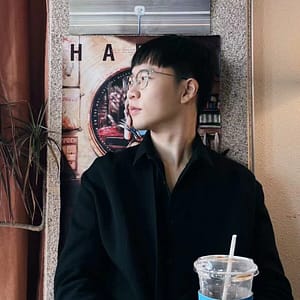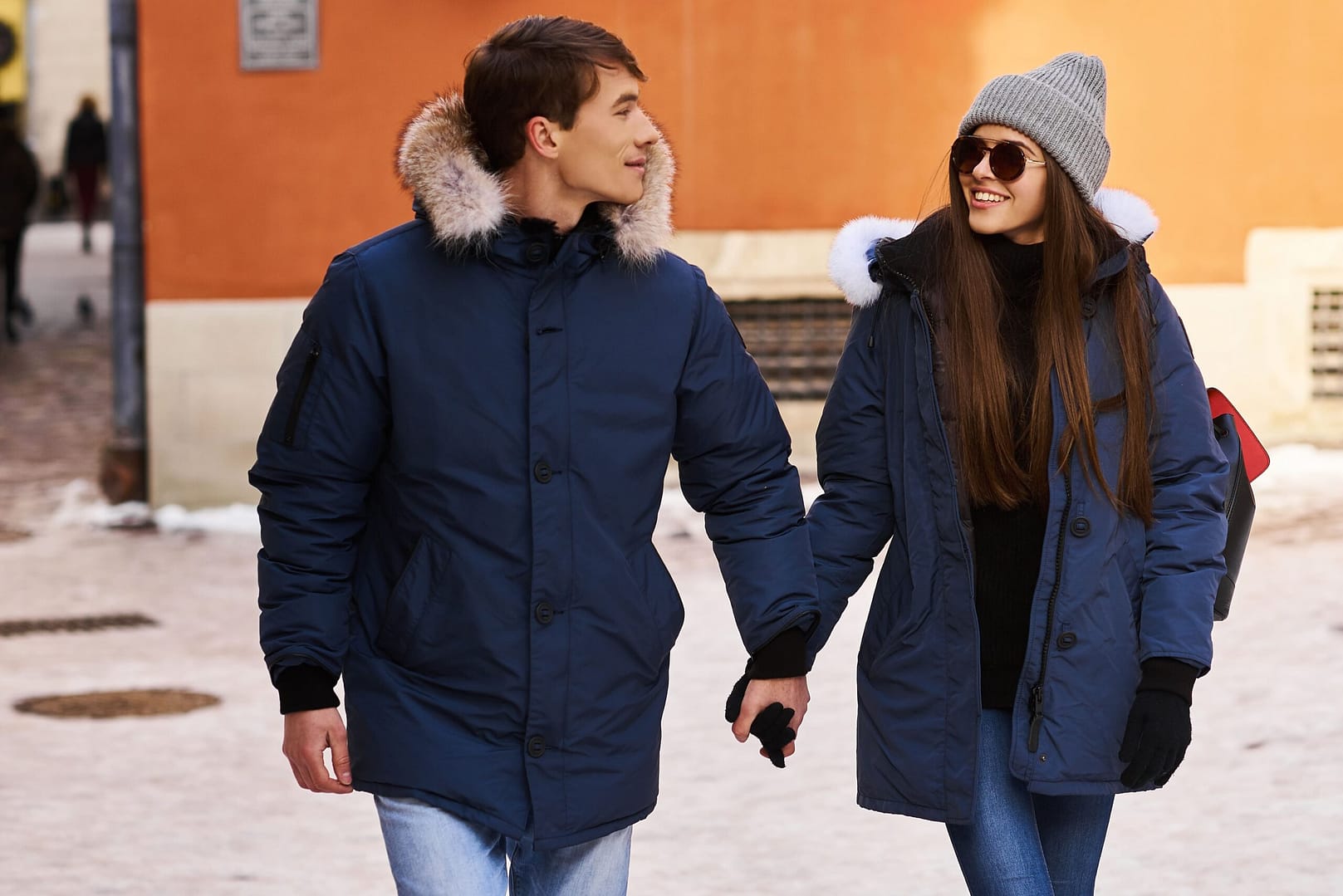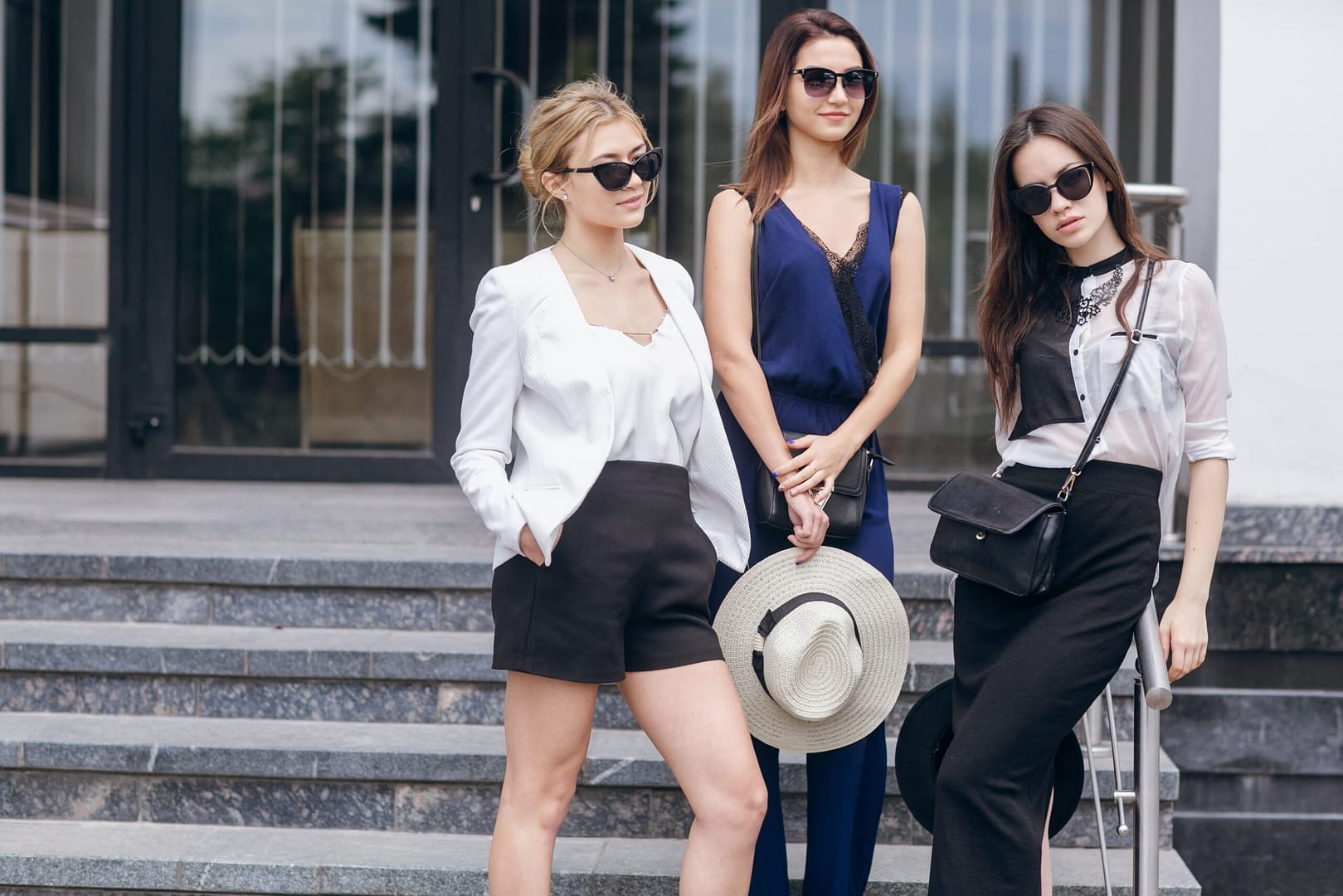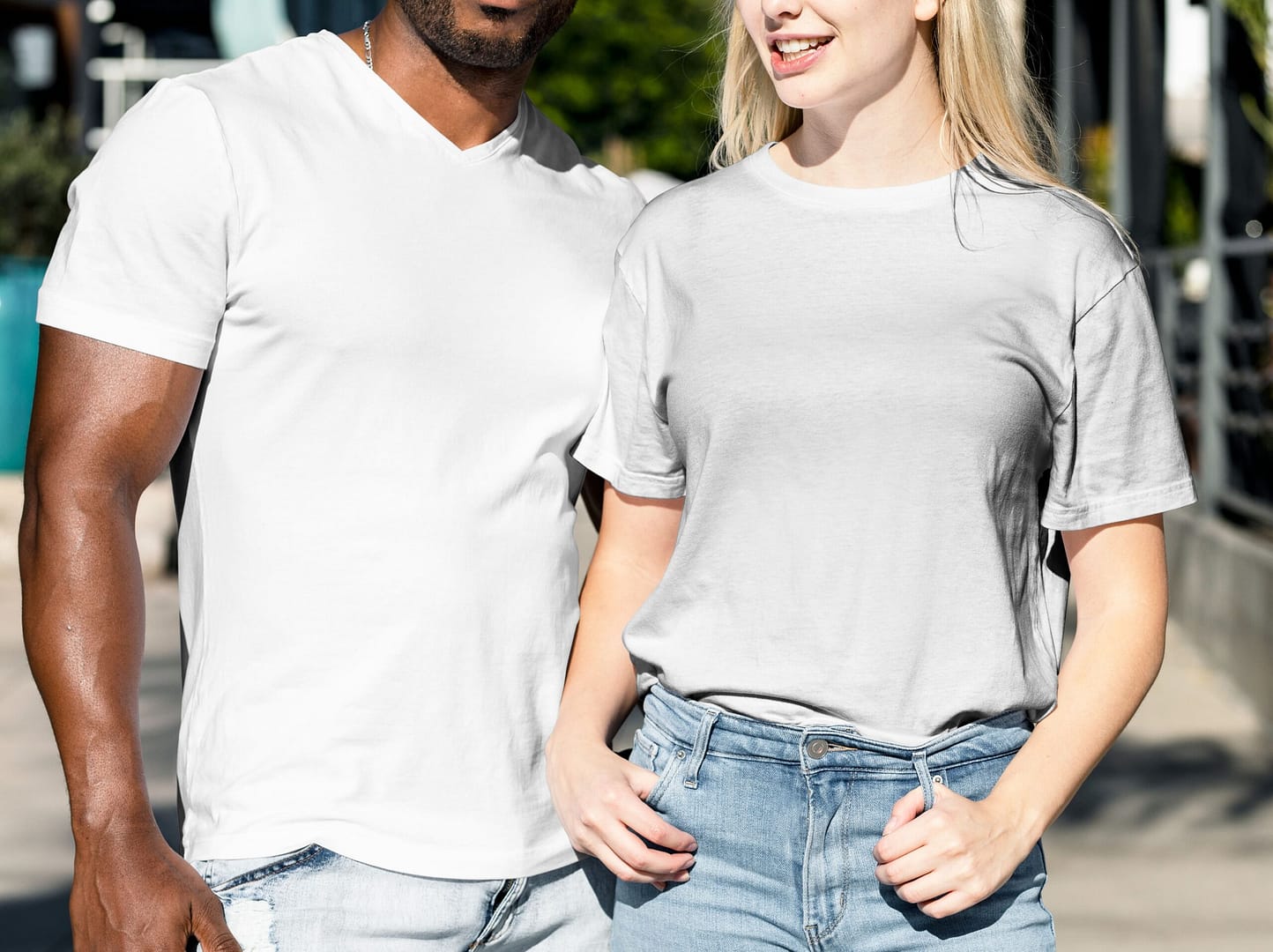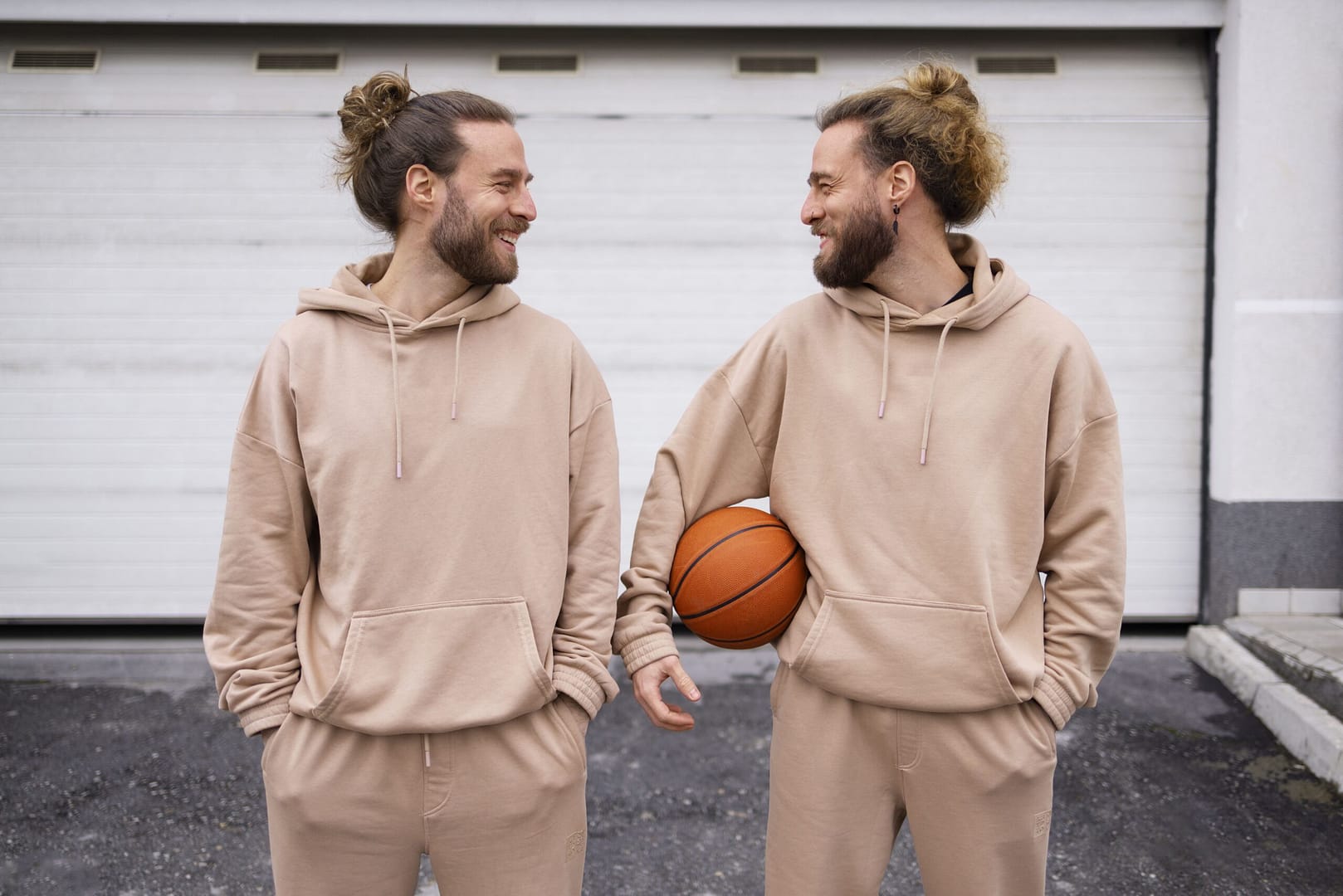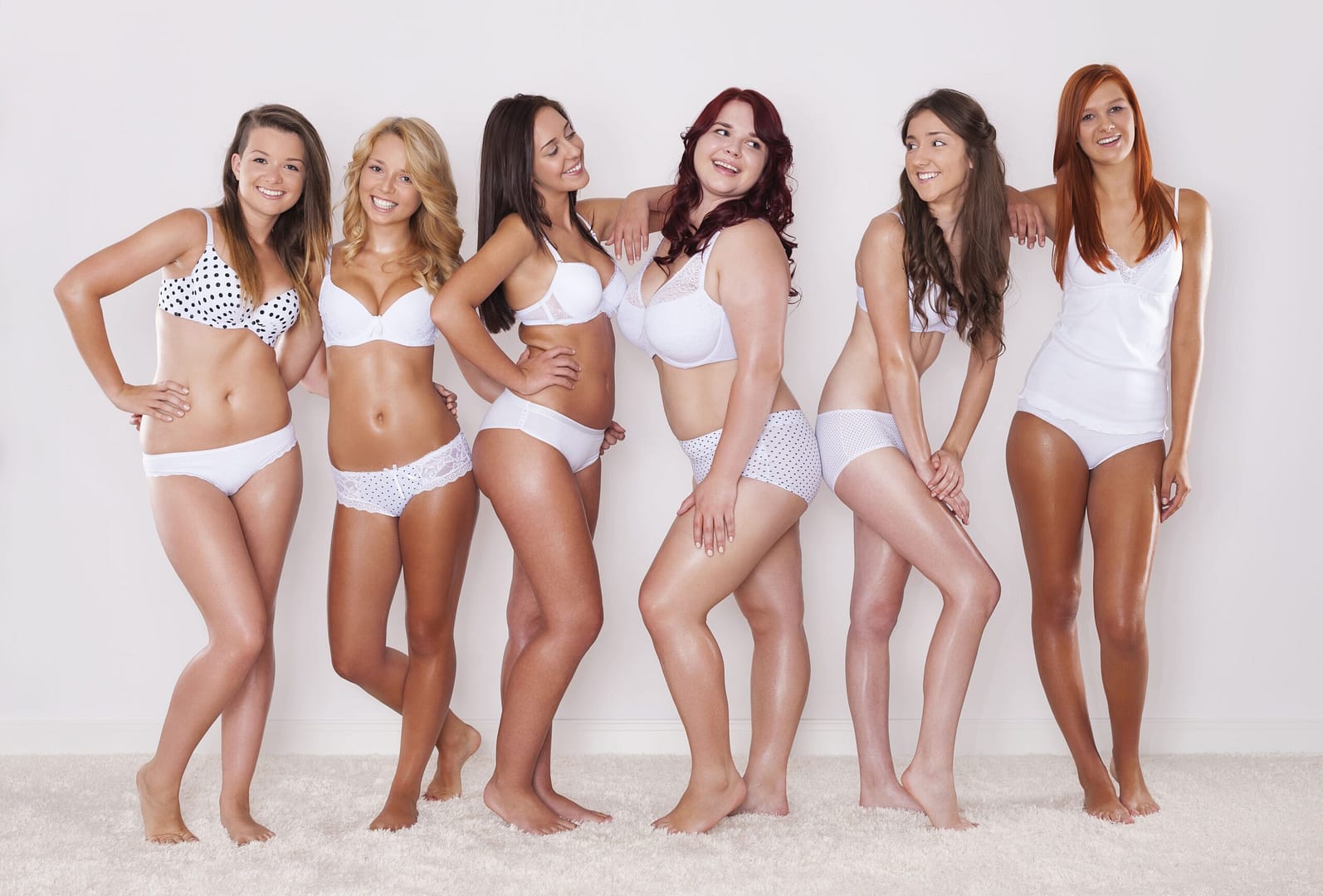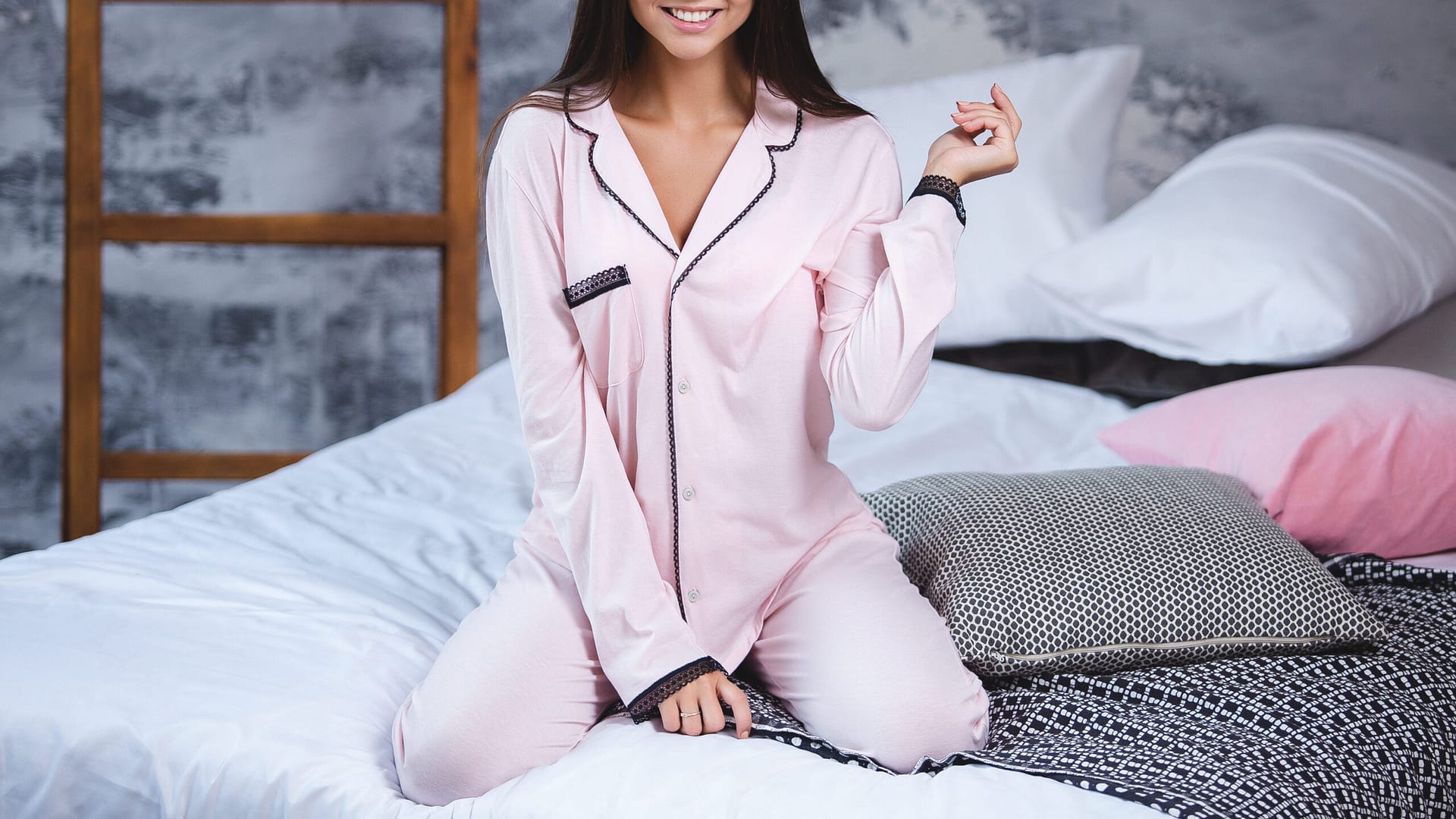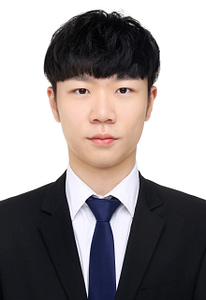The Ultimate Loungewear Fabric Guide: Top 7 Fabrics For Your Loungewear
By Raymond Lau – Nov. 17, 2023
In the ever-evolving world of fashion, the choice of fabric plays a pivotal role, particularly in the realm of loungewear. This segment of the apparel industry has witnessed a remarkable surge in popularity, blending comfort with style to meet the demands of modern lifestyles. In this comprehensive guide, we delve into the nuances of loungewear fabric selection, offering designers and brand owners essential insights to navigate this dynamic field. From understanding key fabric characteristics to exploring innovative and sustainable options, this guide aims to arm you with the knowledge needed to make informed decisions in your loungewear creations.
Understanding Loungewear and Its Market
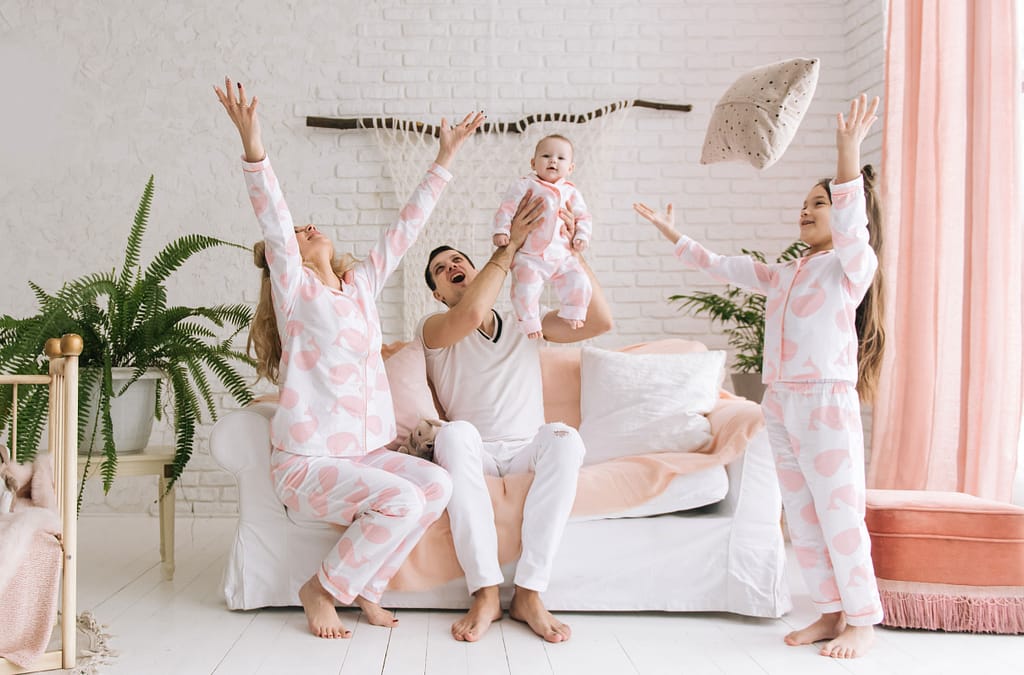
Loungewear has emerged as a significant fashion category, driven by the increasing demand for comfortable and stylish clothing for at-home relaxation. The market for loungewear has witnessed a remarkable surge in recent years, fueled by factors such as the rise of remote work, the growing emphasis on self-care, and the shift towards casualization in everyday attire.
Factors Driving the Growth of Loungewear Market
- Rise of Remote Work: The widespread adoption of remote work arrangements has blurred the lines between work and home life, leading to a growing demand for comfortable and versatile clothing that seamlessly transitions from workdays to leisure time.
- Focus on Self-Care: The increasing emphasis on self-care and mental well-being has led to a shift towards prioritizing comfort and relaxation, which has further fueled the demand for loungewear.
- Casualization of Everyday Wear: The overall trend towards casualization in everyday attire has extended to loungewear, with individuals seeking comfortable and stylish options that they can wear not only at home but also for casual outings or errands.
Market Segmentation and Target Consumers
The loungewear market is segmented based on various factors, including product type, gender, age group, and price point. Target consumers for loungewear include:
- Millennials and Gen Z: These generations are driving the demand for loungewear, as they value comfort, style, and versatility.
- Work-from-home individuals: Remote workers seek comfortable and stylish loungewear that allows them to transition easily between work and leisure time.
- Self-care enthusiasts: Individuals who prioritize self-care and relaxation are increasingly seeking comfortable and stylish loungewear options.
- Fashion-conscious consumers: Fashion enthusiasts are seeking loungewear that is not only comfortable but also stylish and aligns with their personal aesthetic preferences.
Essential Characteristics for Loungewear Fabric
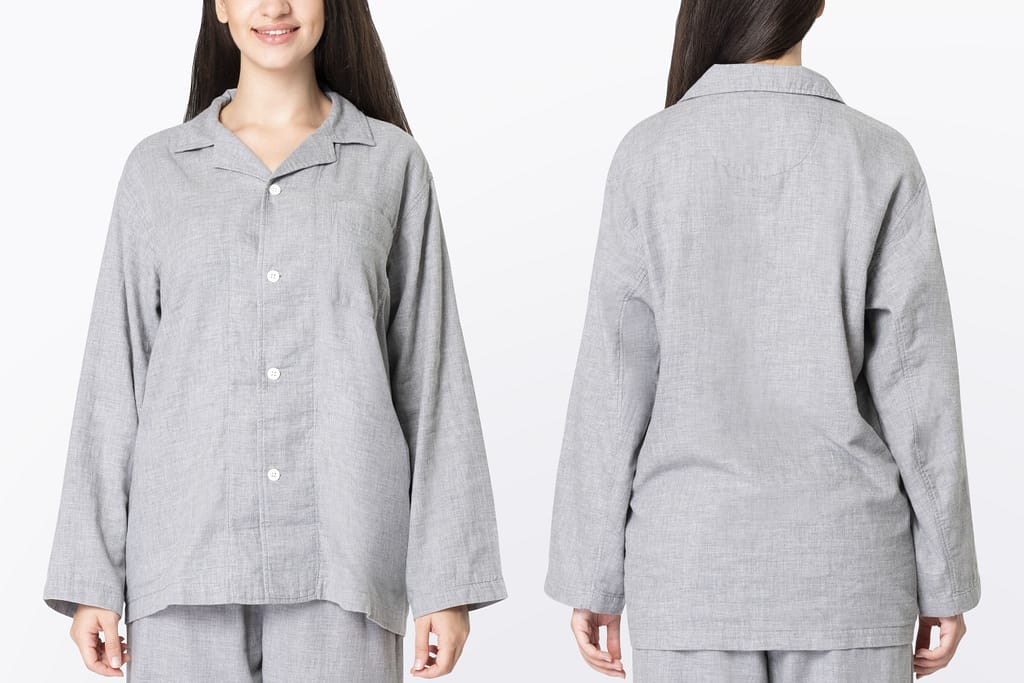
When selecting fabrics for loungewear, there are several key characteristics to consider, each playing a vital role in the overall appeal and functionality of the final product:
- Comfort: The paramount importance of comfort in loungewear fabric cannot be overstated. Fabrics should be soft, gentle on the skin, and provide a sense of ease to the wearer. This involves considering the texture, fiber content, and weave of the fabric.
- Durability: Loungewear is often subject to frequent wear and washing. Therefore, selecting fabrics that maintain their shape, color, and texture over time is essential. This durability ensures that the garments remain a staple in a wardrobe for longer periods.
- Breathability: A key component of comfort is breathability. Fabrics for loungewear should allow air circulation to keep the wearer cool and comfortable, making it ideal for various climates and indoor environments.
- Easy Care: Given the frequent use of loungewear, the ease of care is a significant consideration. Fabrics that are machine washable and require minimal special care are highly desirable, as they offer convenience to the end-user.
- Environmental Impact: In an increasingly eco-conscious world, the sustainability of fabrics is a growing concern. Designers are encouraged to consider the environmental impact of their fabric choices, looking at aspects like resource consumption, biodegradability, and the carbon footprint of fabric production.
Each of these characteristics contributes to the overall quality and appeal of loungewear, impacting the wearer’s experience and satisfaction.
Popular Loungewear Fabrics
As loungewear continues to gain prominence in the fashion industry, several fabrics have emerged as popular choices due to their inherent properties that align well with loungewear’s requirements:
Cotton
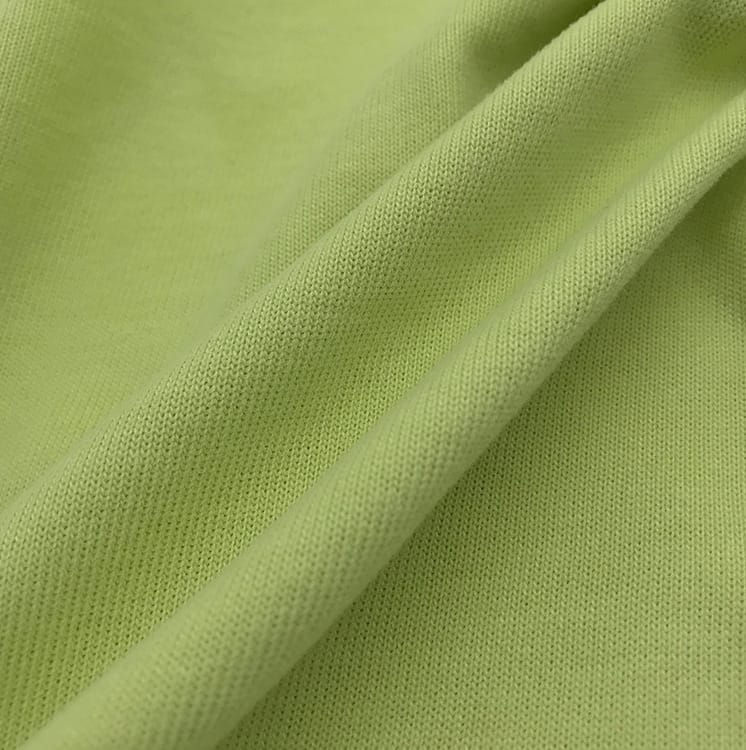
Cotton is the most common loungewear fabric. It is ideal for this application because it is comfortable to wear, wicks away moisture, and is breathable. Cotton also comes in a variety of weights and textures, so it can be tailored to the desired look and feel of the loungewear.
The type of cotton fabric used for loungewear will depend on the desired look, feel, and price point. For example, Pima cotton and Supima cotton are good choices for high-quality loungewear that is designed to last. Organic cotton and recycled cotton are good choices for sustainable loungewear.
Pros:
- Softness: Cotton is a soft and comfortable fabric to wear.
- Breathability: Cotton is a breathable fabric that helps to wick away moisture.
- Absorbency: Cotton is an absorbent fabric that can help to keep you dry.
- Durability: Cotton is a durable fabric that can withstand wear and tear.
- Affordability: Cotton is a relatively inexpensive fabric.
Cons:
- Shrinkage: Cotton can shrink when it is washed, but pre-shrinking can avoid this problem.
- Wrinkling: Cotton can wrinkle easily.
- Static cling: Cotton can be prone to static cling.
Bamboo
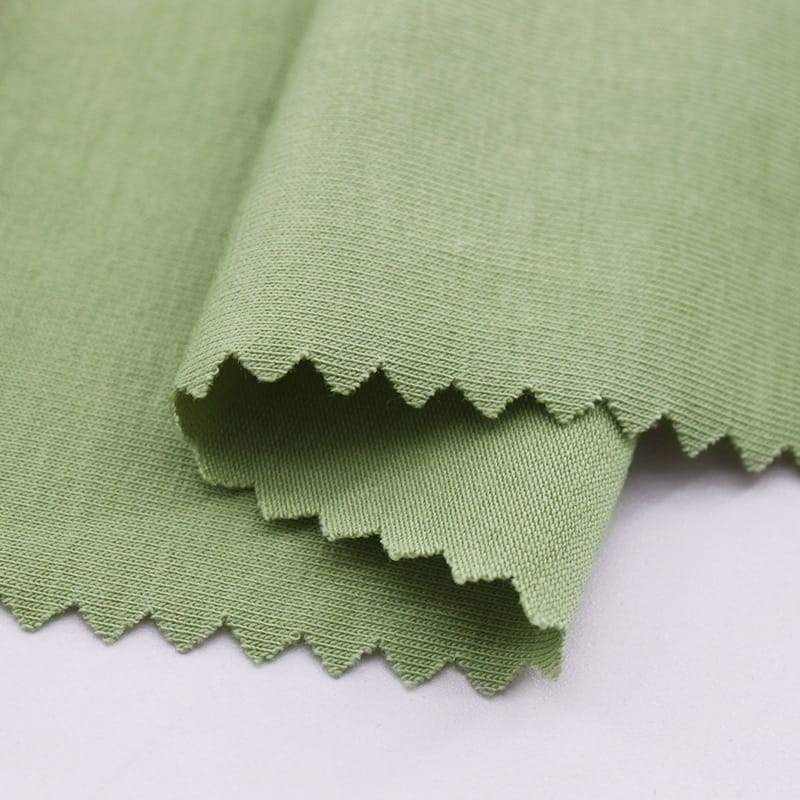
Bamboo is a natural fiber that is soft, absorbent, and breathable. It is also naturally anti-bacterial and anti-fungal, making it a good choice for people with sensitive skin. Bamboo fabric is a sustainable resource that can be grown without the use of pesticides or herbicides.
Bamboo fabric is becoming increasingly popular for loungewear fabric because it is comfortable, stylish, and sustainable. It is also relatively inexpensive and easy to care for.
Pros:
- Softness: Bamboo fabric is soft and comfortable to wear.
- Absorbency: Bamboo fabric is absorbent and can help to keep you dry.
- Breathability: Bamboo fabric is breathable and helps to wick away moisture.
- Antibacterial and antifungal properties: Bamboo fabric is naturally anti-bacterial and anti-fungal, making it a good choice for people with sensitive skin.
- Sustainability: Bamboo is a sustainable resource that can be grown without the use of pesticides or herbicides.
Cons:
- Price: Bamboo fabric can be more expensive than other natural fibers, such as cotton.
- Wrinkling: Bamboo fabric can wrinkle easily.
Modal
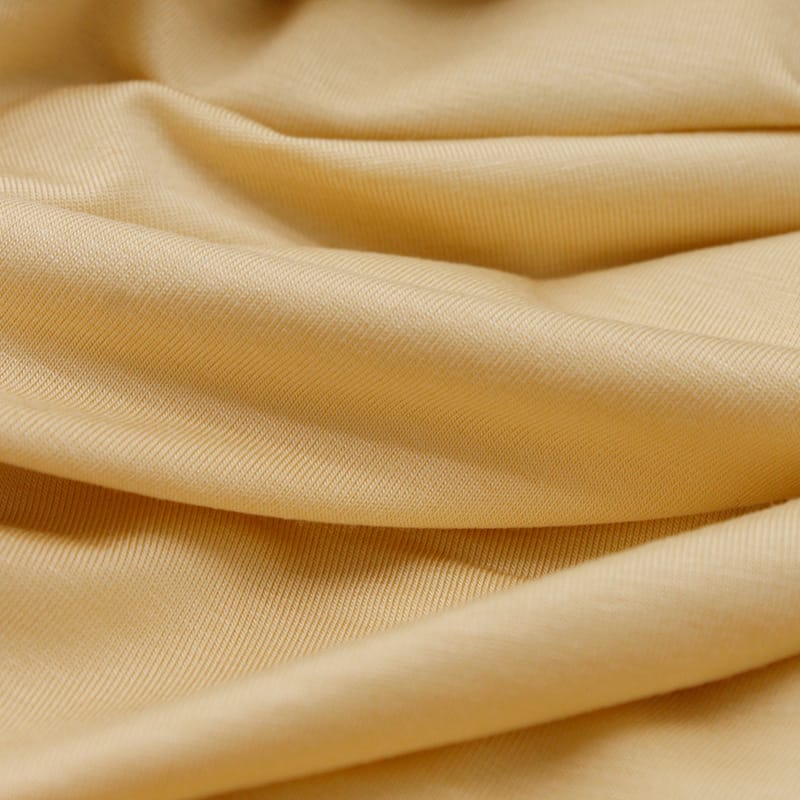
These semi-synthetic fabrics, made from beech tree pulp, are renowned for their incredible softness and silky texture. They are lightweight, breathable, and have excellent moisture-wicking properties, ideal for comfortable loungewear fabric.
Pros:
- Softness: Modal is soft and comfortable to wear.
- Breathability: Modal is breathable and helps to wick away moisture.
- Absorbency: Modal is absorbent and can help to keep you dry.
- Durability: Modal is durable and can withstand wear and tear.
- Sustainability: Modal is a sustainable fabric that can be made from responsibly sourced wood pulp.
Cons:
- Price: Modal can be more expensive than other natural fibers, such as cotton.
- Wrinkling: Modal can wrinkle easily.
Linen
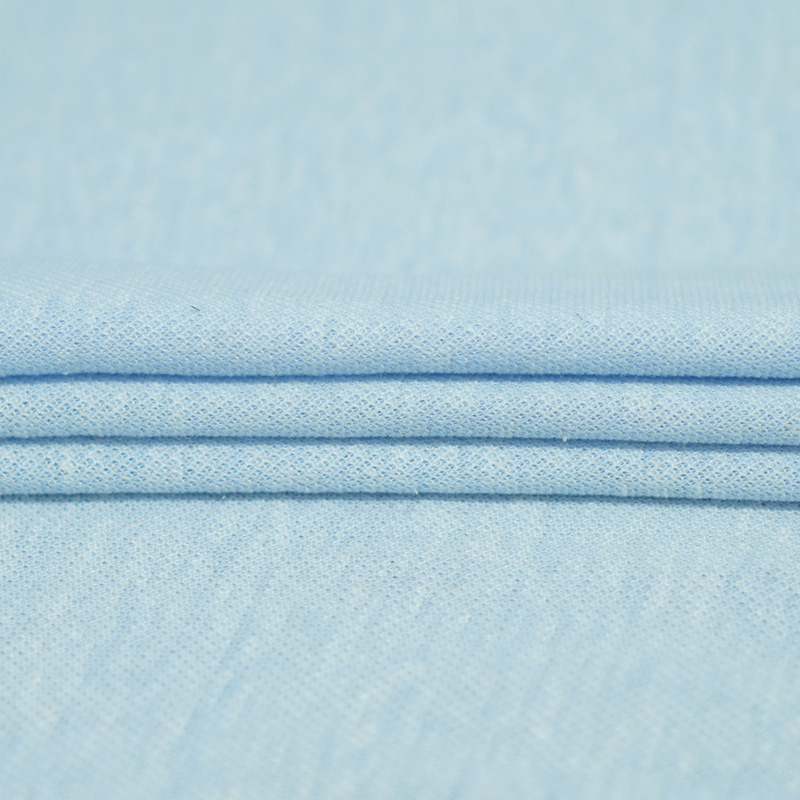
Linen is a versatile and comfortable option for loungewear fabric. It is cool, crisp, and durable, making it a good choice for people who want a comfortable and stylish loungewear option. Linen is also a sustainable fabric that can be grown without the use of pesticides or herbicides.
Pros:
- Cool, crisp feel: Linen is a cool, crisp fabric that is perfect for hot weather.
- Durability: Linen is a durable fabric that can withstand wear and tear.
- Breathability: Linen is a breathable fabric that helps to wick away moisture.
- Sustainability: Linen is a sustainable fabric that can be grown without the use of pesticides or herbicides.
Cons:
- Price: Linen can be more expensive than other natural fibers, such as cotton.
- Wrinkling: Linen wrinkles easily.
- Care: Linen can be difficult to care for, as it requires special laundering instructions.
Silk
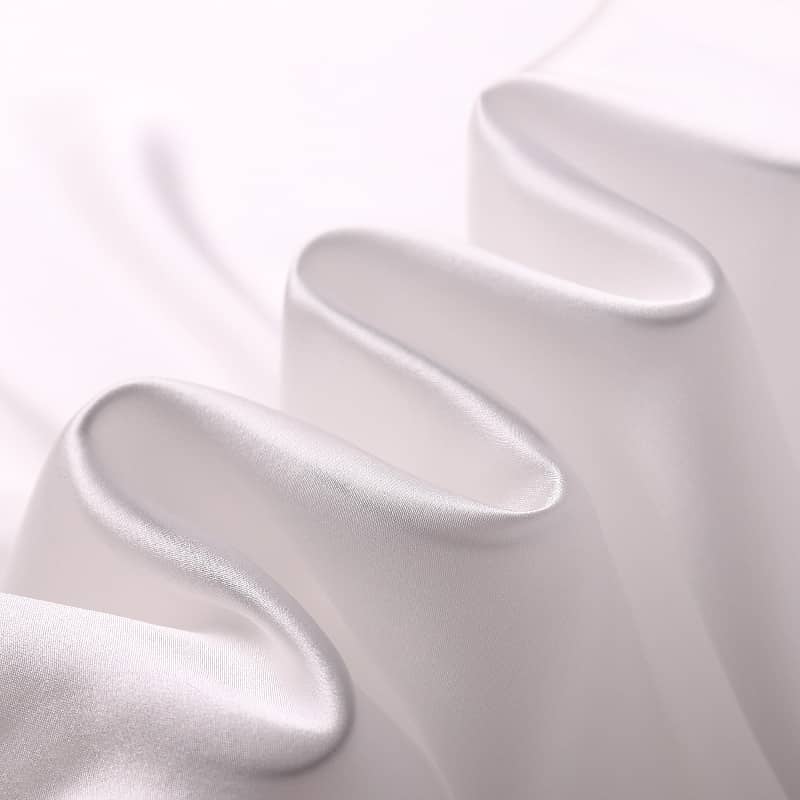
Silk is a luxurious and comfortable option for loungewear fabric. It is soft, drapes well, and helps to regulate body temperature. Silk is also hypoallergenic, making it a good choice for people with sensitive skin. However, silk can be expensive and difficult to care for.
Pros:
- Softness: Silk is soft and luxurious to wear.
- Drape: Silk has a beautiful drape that is perfect for loungewear.
- Absorbency: Silk is absorbent and can help to keep you dry.
- Temperature regulation: Silk can help to regulate body temperature, making it a good choice for both hot and cold weather.
- Hypoallergenic: Silk is hypoallergenic, making it a good choice for people with sensitive skin.
Cons:
- Price: Silk can be more expensive than other natural fibers, such as cotton.
- Care: Silk can be difficult to care for, as it requires special laundering instructions.
- Durability: Silk is not as durable as some other fibers, such as cotton or linen.
Wool
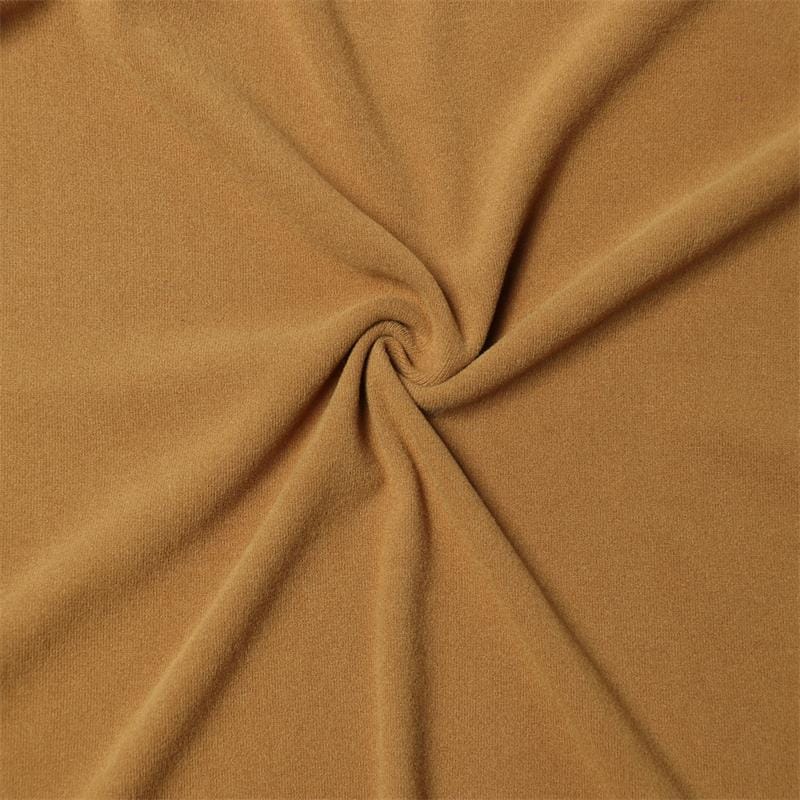
Ideal for cooler climates, wool and its blends offer natural warmth. Merino wool, in particular, is a popular choice for premium loungewear fabric due to its finer fibers, which are softer and less itchy than traditional wool.
Pros:
- Warmth: Wool is a warm fiber that is perfect for cold weather.
- Durability: Wool is a durable fiber that can withstand wear and tear.
- Breathability: Wool is a breathable fiber that helps to wick away moisture.
- Odor resistance: Wool is naturally odor-resistant, making it a good choice for people who sweat easily.
- Hypoallergenic: Wool is hypoallergenic, making it a good choice for people with sensitive skin.
Cons:
- Price: Wool can be more expensive than other natural fibers, such as cotton.
- Care: Wool can be difficult to care for, as it requires special laundering instructions.
- Static cling: Wool can be prone to static cling.
Polyester
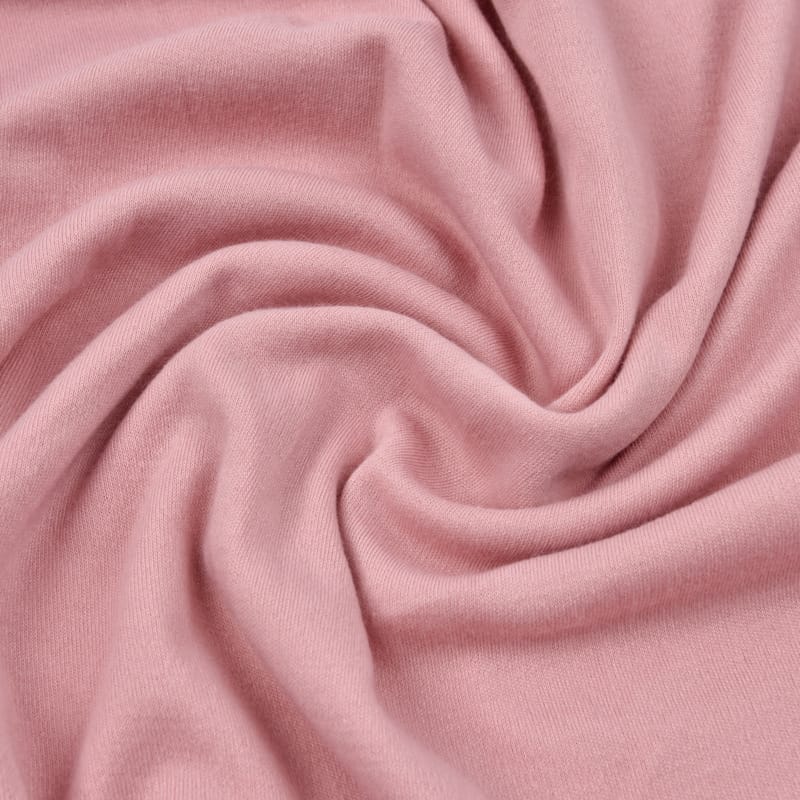
Polyester is a durable and easy-care option for loungewear. It is wrinkle-resistant and can withstand everyday wear and tear. Polyester is also cost-effective, making it a good choice for budget-minded consumers. However, polyester is not as absorbent or breathable as some other fibers.
Pros:
- Durability: Polyester is a durable fabric that can withstand wear and tear.
- Wrinkle resistance: Polyester is wrinkle-resistant, making it easy to care for.
- Easy care: Polyester is easy to care for, as it can be machine-washed and dried.
- Cost-effectiveness: Polyester is a cost-effective fabric.
Cons:
- Absorbency: Polyester is not as absorbent as some other fibers, such as cotton.
- Breathability: Polyester is not as breathable as some other fibers, such as cotton.
- Static cling: Polyester can be prone to static cling.
Each of these fabrics brings unique benefits to loungewear, and designers often choose them based on the specific needs and preferences of their target market.
Innovative and Sustainable Fabric Options
In the realm of loungewear, there is a growing emphasis on sustainability and innovation in fabric choices. This shift is not only a response to consumer demand but also a reflection of the industry’s responsibility towards environmental stewardship:
- Eco-Friendly Fabrics: The use of sustainable fabrics like organic cotton, hemp, and Tencel (a brand of lyocell) is on the rise. These fabrics are produced using methods that have a lower environmental impact, such as reduced water usage and minimal chemical treatments.
- Recycled Materials: Incorporating recycled materials, like recycled polyester made from plastic bottles, is an effective way to reduce waste and conserve resources. These materials bring new life to post-consumer products and reduce the environmental footprint of the garment.
- Organic Fabrics: Organic fabrics, particularly organic cotton, are grown without harmful pesticides and chemicals, making them a healthier choice for both the planet and the wearer. They offer the same benefits as conventional cotton, such as comfort and breathability, but with a reduced environmental impact.
- Innovative Textiles: The industry is also witnessing the rise of innovative textiles, like biodegradable synthetics and fabrics made from renewable resources like algae or coconut fibers. These materials represent the cutting edge of sustainable fabric technology.
By choosing these innovative and sustainable fabrics, designers not only contribute to a greener planet but also meet the growing consumer demand for environmentally responsible products.
Technical Aspects Designers Should Consider
In addition to the aesthetic and tactile qualities of fabric, designers should also pay close attention to several technical aspects that can significantly impact the functionality and appeal of loungewear:
- Fabric Weight and Drape: The weight of the fabric determines its drape and how it falls on the body. Lighter fabrics tend to drape more fluidly, offering a more relaxed fit, which is often desirable in loungewear. Heavier fabrics may provide more structure and warmth.
- Stretch and Recovery Properties: Fabrics with stretch, such as those containing elastane or spandex, offer greater comfort and flexibility, essential in loungewear. Equally important is the fabric’s ability to recover its shape after stretching, ensuring the garment maintains its fit over time.
- Colorfastness and Pattern Printing Capabilities: The ability of a fabric to retain its color and resist fading is crucial, especially for loungewear, which is washed frequently. Additionally, designers should consider how well a fabric can hold prints and patterns, a key element in the aesthetic appeal of loungewear.
- Moisture Management: For loungewear intended for active or multi-functional use, fabrics that wick moisture away from the body can enhance comfort and wearability.
Understanding these technical aspects allows designers to make more informed choices about fabrics, ensuring that their loungewear collections not only look appealing but also perform well in everyday use.
As the loungewear market continues to evolve, staying informed and adaptable is key. For more insights and trends in the fashion industry, don’t forget to check out our latest articles on Valtin Apparel‘s blog. Here, we delve deeper into fashion trends, fabric technology, and business strategies to help you stay ahead in the competitive world of apparel.
